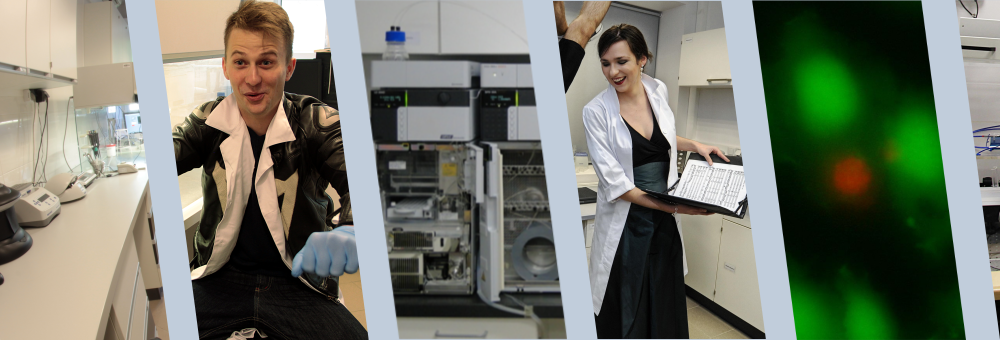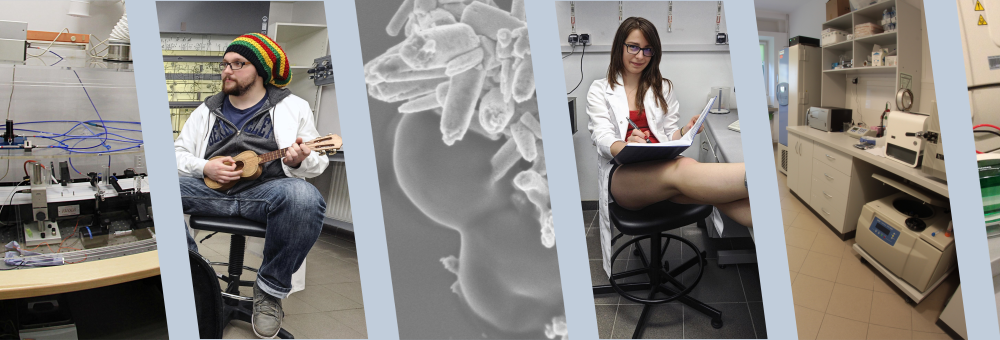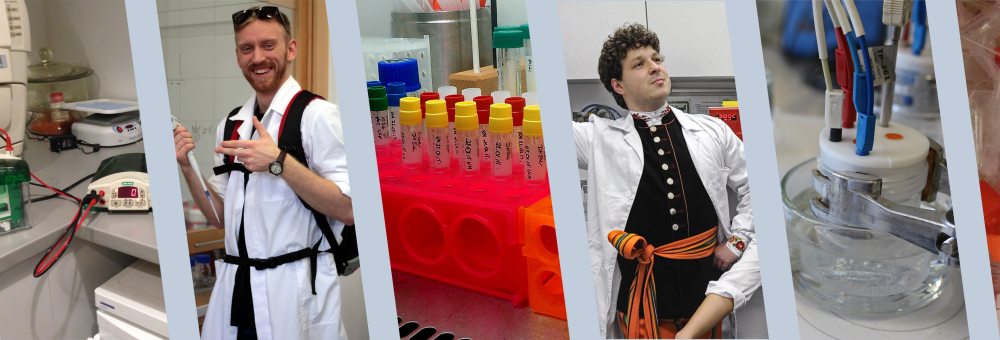Publication
TMA, A Forgotten Uremic Toxin, but Not TMAO, Is Involved in Cardiovascular Pathology
Author(s): Jaworska, Kinga and Hering, Dagmara and Mosieniak, Grażyna and Bielak-Zmijewska, Anna and Pilz, Marta and Konwerski, Michał and Gasecka, Aleksandra and Kapłon-Cieślicka, Agnieszka and Filipiak, Krzysztof and Sikora, Ewa and Hołyst, Robert and Ufnal, Marcin
Title: TMA, A Forgotten Uremic Toxin, but Not TMAO, Is Involved in Cardiovascular Pathology
Abstract: Trimethylamine-N-oxide (TMAO) has been suggested as a marker and mediator of cardiovascular diseases. However, data are contradictory, and the mechanisms are obscure. Strikingly, the role of the TMAO precursor trimethylamine (TMA) has not drawn attention in cardiovascular studies even though toxic effects of TMA were proposed several decades ago. We assessed plasma TMA and TMAO levels in healthy humans (HH) and cardiovascular patients qualified for aortic valve replacement (CP). The cytotoxicity of TMA and TMAO in rat cardiomyocytes was evaluated using an MTT test. The effects of TMA and TMAO on albumin and lactate dehydrogenase (LDH) were assessed using fluorescence correlation spectroscopy. In comparison to HH, CP had a two-fold higher plasma TMA (p < 0.001) and a trend towards higher plasma TMAO (p 0.07). In CP plasma, TMA was inversely correlated with an estimated glomerular filtration rate (eGFR, p 0.002). TMA but not TMAO reduced cardiomyocytes viability. Incubation with TMA but not TMAO resulted in the degradation of the protein structure of LDH and albumin. In conclusion, CP show increased plasma TMA, which is inversely correlated with eGFR. TMA but not TMAO exerts negative effects on cardiomyocytes, likely due to its disturbing effect on proteins. Therefore, TMA but not TMAO may be a toxin and a marker of cardiovascular risk.
Journal: Toxins
Volume: 11
Year: 2019
URL: https://www.mdpi.com/2072-6651/11/9/490
DOI: 10.3390/toxins11090490









